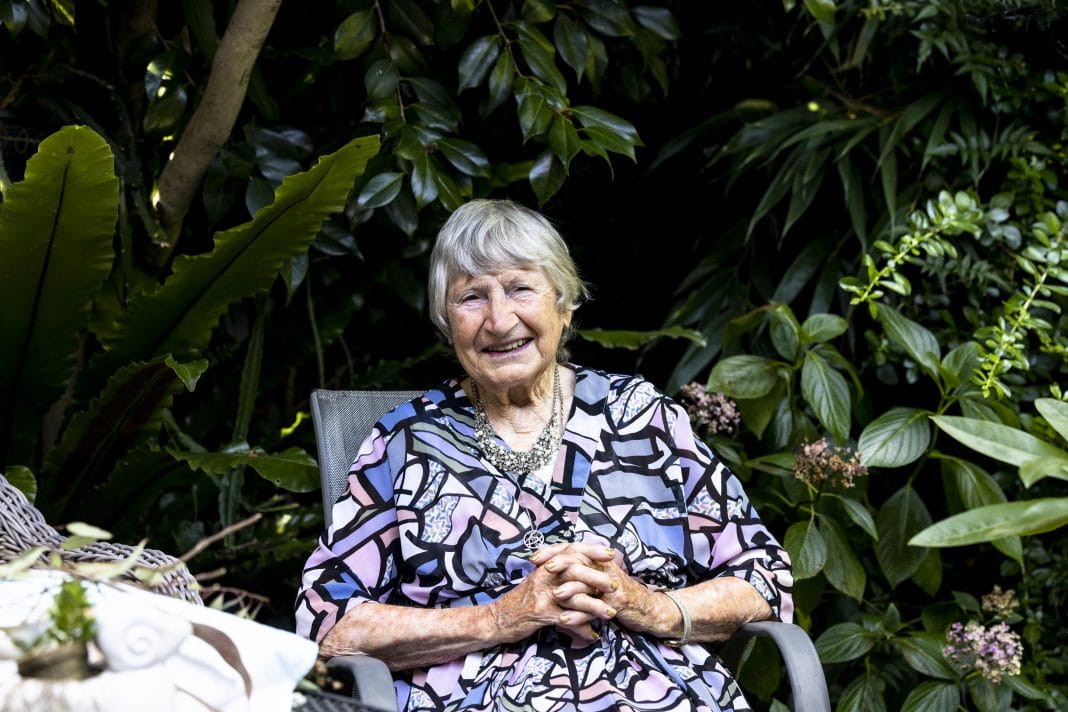Local resident Neil Bowman sits down with his neighbour, Margaret Magi, 95, who was born in Canberra in 1926, the daughter of our city’s first ANZAC, Sergeant Ernest Murray, to reflect on her remarkable life – growing up in, and alongside, the emerging national capital. Except for one year in the UK after WWII, Margaret has lived here for 94 years, prompting the question: Is Margaret Magi (nee Murray) our longest residing Canberran?
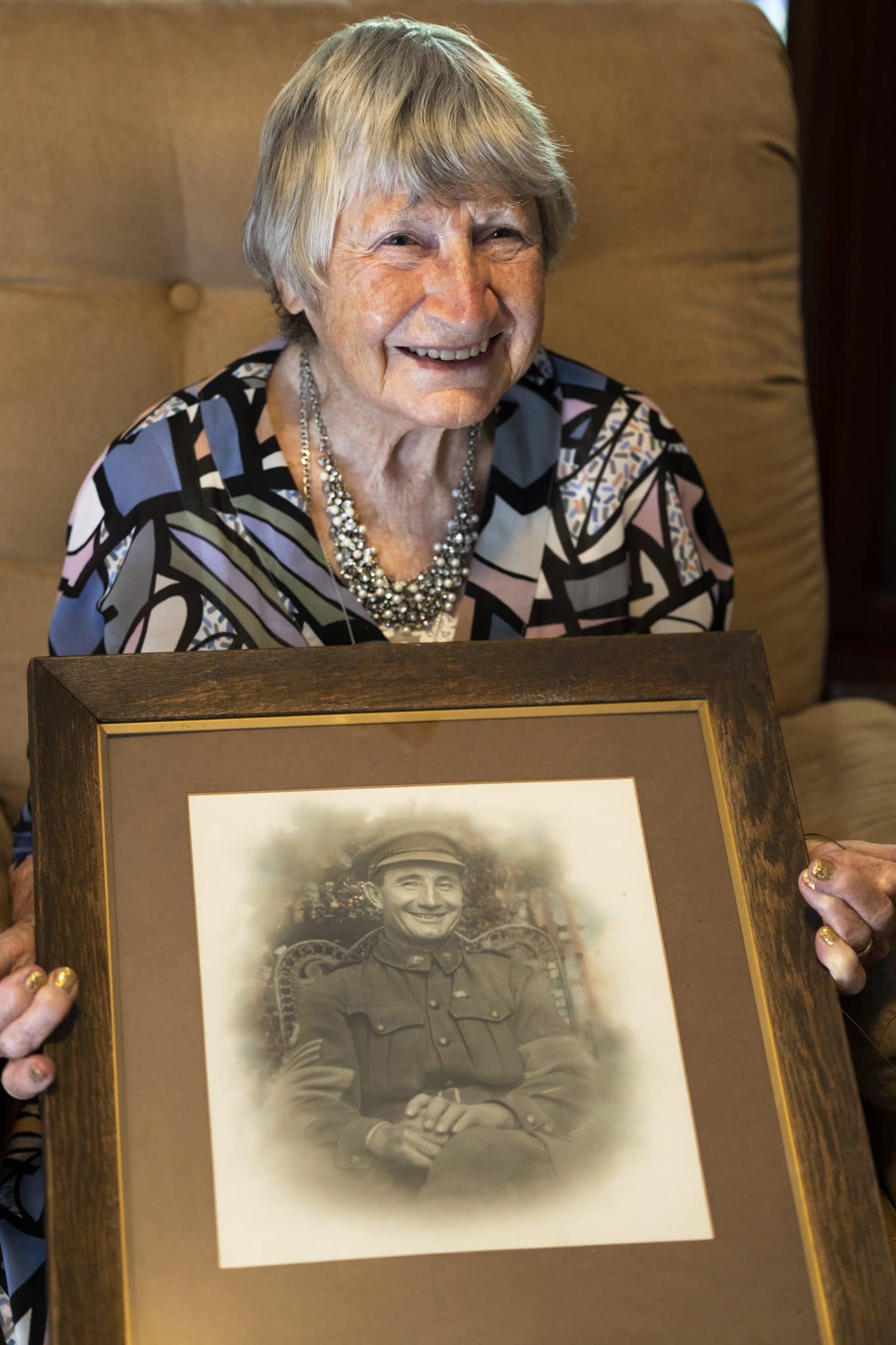
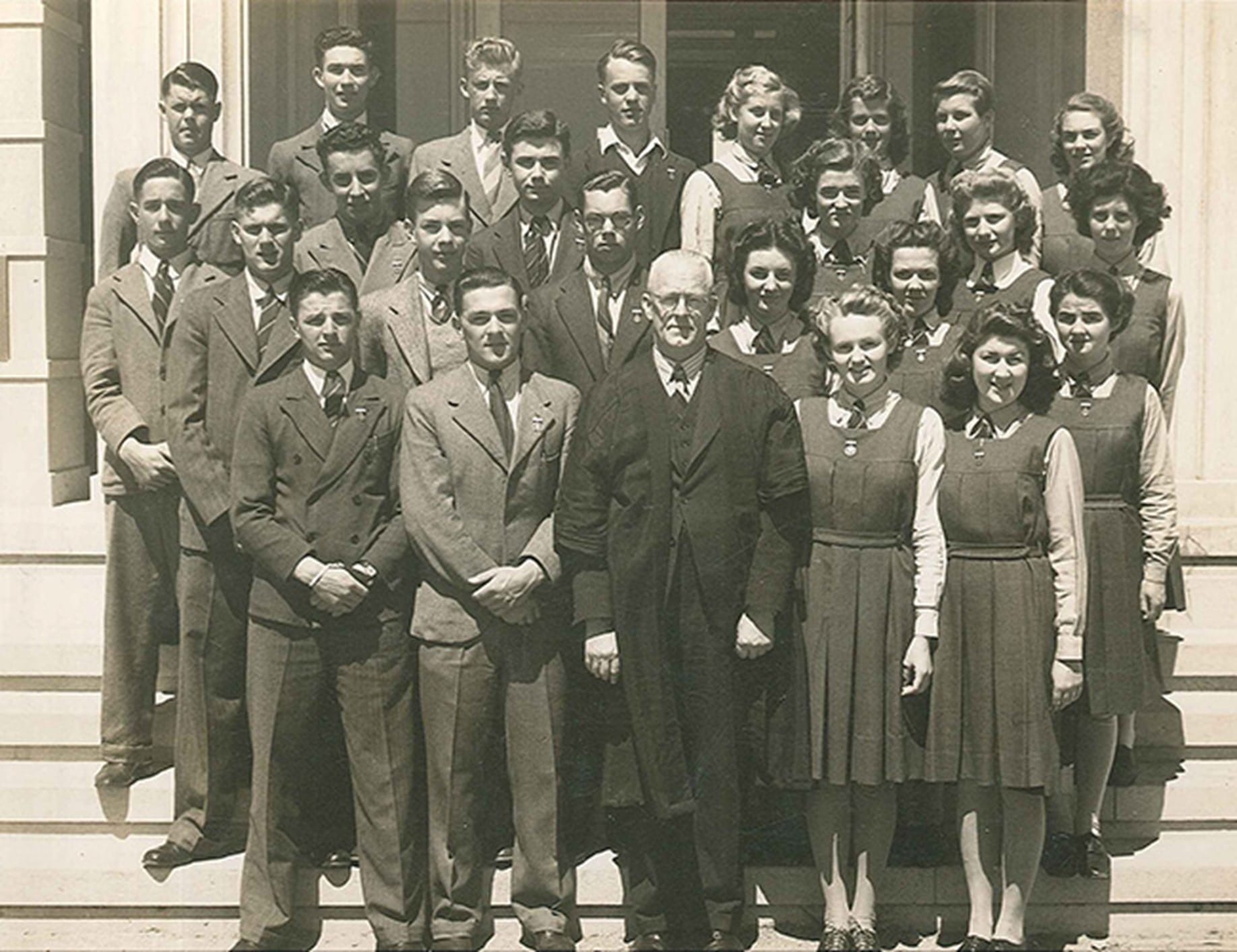
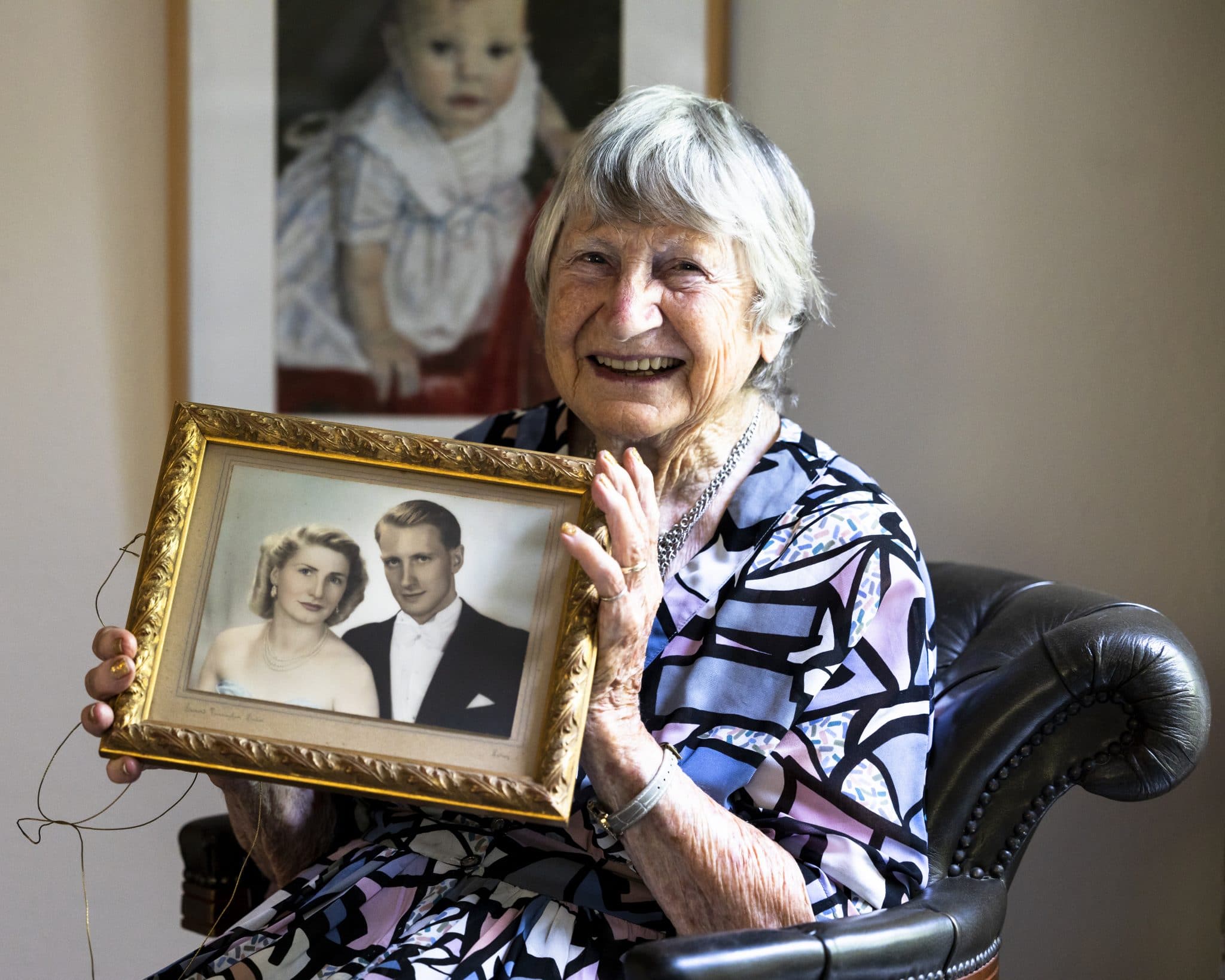
We are sitting, drinking coffee, with one of Canberra’s “originals”. Her father Ernest was Anzac No. 151, who landed at Gallipoli on that fateful morning of 25 April 1915. He survived the fighting both there and at the Somme and returned home in 1919 having survived a mustard gas attack, and now his daughter has lived 94 out of her 95 years here in Canberra. Surely close to a record? It is our loss that she is shortly relocating to Brisbane to be closer to her daughter and elder sister Jean! That’s not a misprint.
This lovely lady is Margaret Magi, born Margaret Murray in 1926, who greets us with a strong gaze, quick smile, and an energy that belies her age.
She begins her story of living in our ever-changing Capital by describing an upbringing on her parent’s farm, a Soldier Settlement block of 600 acres of what is now part of Narrabundah and Fyshwick. We can only wonder what the present-day suburbia must have looked like in the 1920s as Margaret and her siblings grew up helping with sheep, dairy, and cropping. Stories of town water laid on in 1924, electricity connected in 1940, her father dying from leukemia aged just 54 years and leaving his widow Ruby to bravely raise seven children, plus manage the farm during the post-depression years leading up to WWII. One of Margaret’s many jobs during her high-school years was to cook the evening dinner for 10 people every night and up to 18 on weekends! No wonder homework took a backseat.
“Mum had three rules for the dinner table – boys wear a shirt, girls brush their hair, and everyone had to sit up straight,” Margaret recalls fondly.
A common meal for the family was tripe, potatoes with butter, and cabbage. Senior school was the newly constructed Canberra High on the site of what is now the ANU School of Art, a round trip of 16 km on bicycle. She tells us, with a mischievous grin, of riding hands-free past the whistles of older boys, but then feeling annoyed if they sometimes didn’t whistle! Among her fellow prefects in the class of 1944 were some eminent Australians such as Sir Geoffrey Yeend.
Leaving school to work on the family farm, she remembers the pure joy when the exciting news came that WWII had ended and she waved yellow wattle branches at any passing traffic.
“At no stage did we ever think we would lose the war … Britain had always won wars … and there was nothing in the newspapers to say otherwise”.
Canberra seemed a safe place to be, and only tea and sugar were rationed as far as she can remember.
Soon after the war ended, Margaret left Canberra for the only time in her life, sailing abroad to the UK. However, things did not work out in London as planned and after one year away, she was back living on the farm.
She was soon swept off her feet at a dance night by a tall handsome man in a black pinstripe suit who said “may I have the next dance?”. He was Paul Magi, who had migrated from Estonia and, being fluent in three languages, was working as an interpreter (and later worked for CSIRO). They married in 1953. Looking at some photos, they are a striking couple who loved dancing. With some talent too – they became ACT champions with expenses paid to compete interstate against the best in the country. She remarks that “it was all very competitive but there was no sledging”!
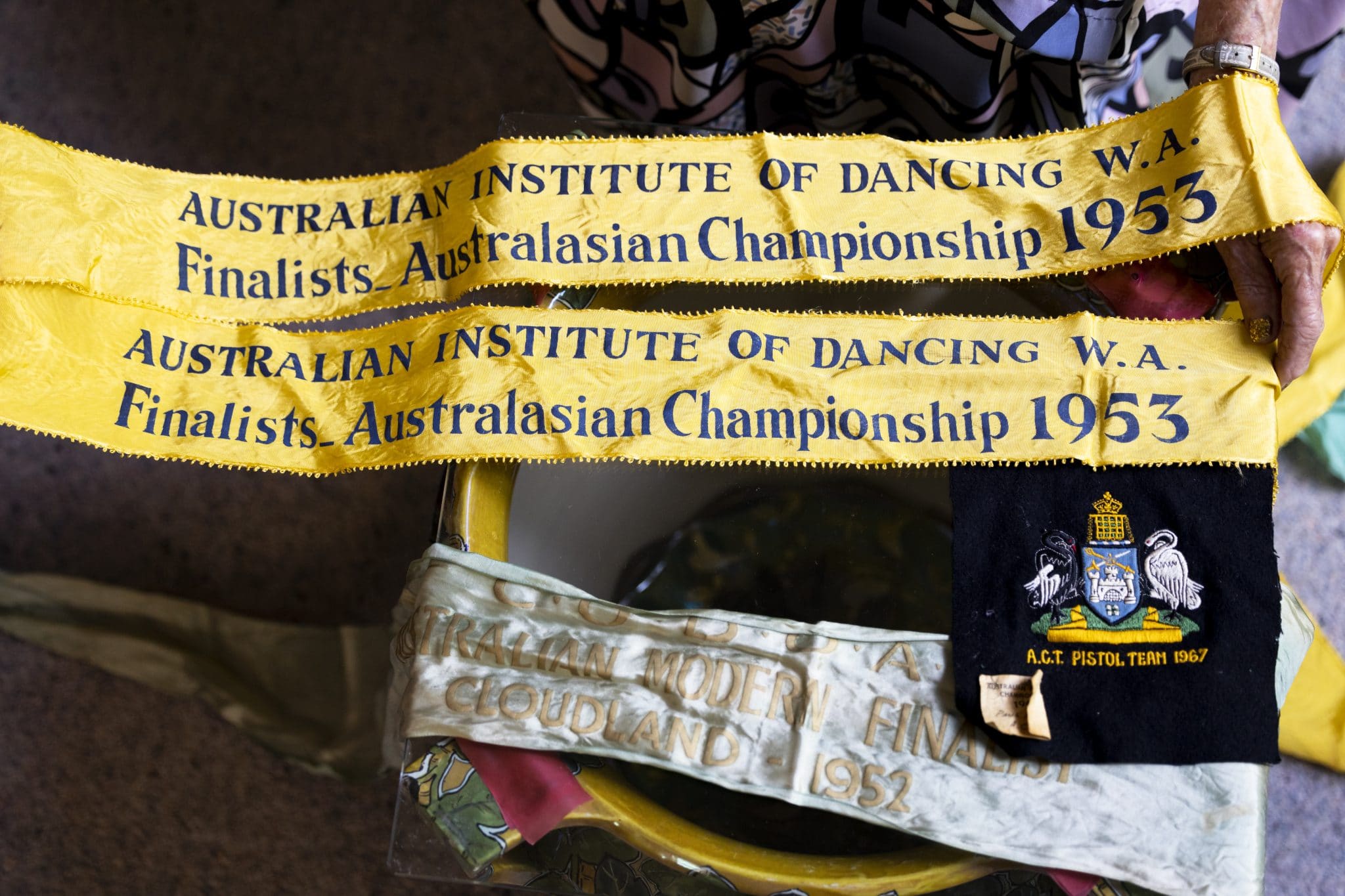
Three children came and they applied for and settled in a new government duplex in the Inner North within walking distance of Civic. Mind you, she recalls that there was not a lot in town apart from the Sydney and Melbourne buildings. In the 1950s there was only one café – The Blue Moon – and one chemist.
The 1960s saw Canberra’s first licensed restaurant open in the Melbourne building. Margaret also remembers the excitement of the filling of Lake Burley Griffin. Living so close, if kids were late home, she and other neighbours would rush down to the Lake to make sure nothing had happened to them.
Civic as a shopping area really grew during the 1970s.
In the late 1960s, Margaret and Paul were allowed to buy their rental house off the government for the (then large) sum of 5,100 pounds. She still lives in this same house 65 years later!
Now widowed, Margaret is still a bundle of energy, radiating joy to all who meet her. She is closely connected to the nearby St Johns Anglican church family, and has been a faithful volunteer with St Johns Care for almost 30 years; up until COVID, she was still reporting for duty once a week to help the less fortunate of our community.
Her days now are filled with a leisurely breakfast in the garden, reading, prayer and meditation, listening to music and DVDs plus a one-hour walk around the tree-lined streets.
Margaret’s secrets for a healthy life?
“Everything in moderation.” (Plus that daily one-hour walk?)
Secrets for a joyful life?
“Love God and do the things you like.”
Among the worst aspects of growing old?
“Being unemployable and losing my driving licence.”
The best thing about growing old?
“It covers up a lot of shortcomings as other people don’t think anything of them … and you are allowed to sit and watch others doing your housework.”
After her teenager experiences working on the farm, cooking the evening meal for 10 people every night, and now volunteering in her 90s, we reckon she deserves it.
Canberra will miss you, Margaret Magi, and we wish you all the best for your new adventure in Brisbane.
- Neil Bowman
Canberra Daily would love to hear from you about a story idea in the Canberra and surrounding region. Click here to submit a news tip.

